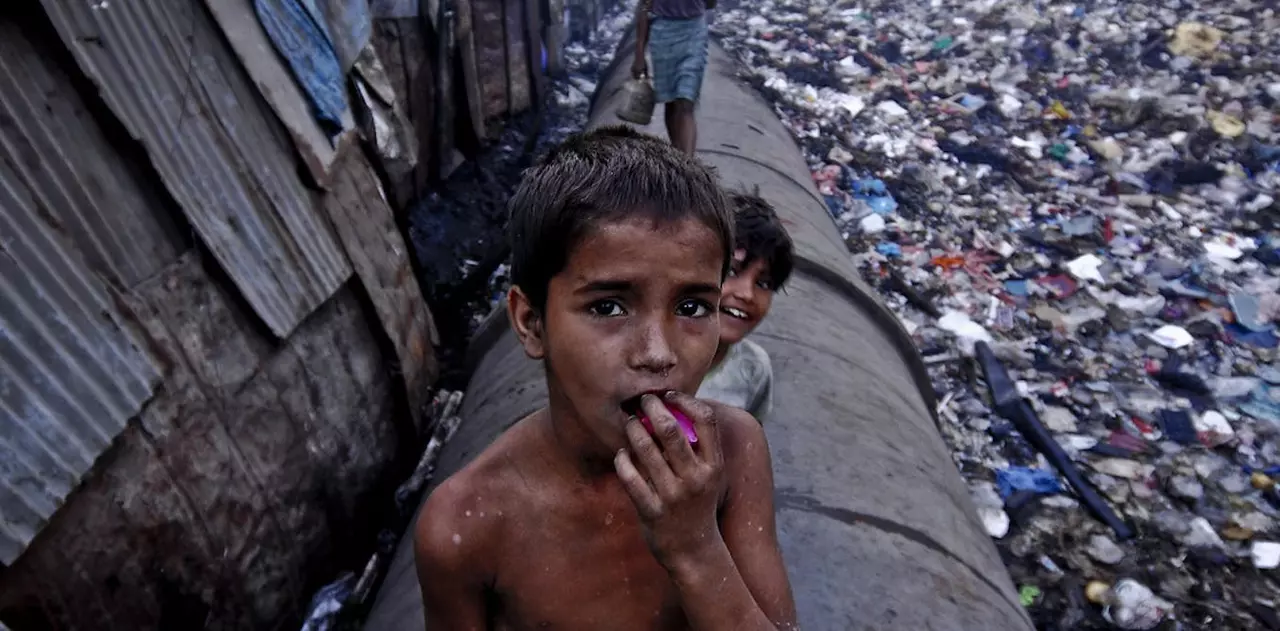The Vicious Cycle of Poverty and Inequality
When we talk about poverty in India, it is essential to understand how the vicious cycle of poverty and inequality perpetuates the problem. For the majority of Indians, the lack of access to quality education, healthcare, and stable employment opportunities make it difficult to break free from the shackles of poverty. Furthermore, the social and economic disparities that exist in the country only serve to widen the gap between the rich and the poor.
As a result, more than 70 percent of the Indian population continues to struggle with poverty, unable to improve their living standards and create a better future for themselves and their families.
Lack of Access to Quality Education
Education is often regarded as the key to breaking the cycle of poverty, but in India, a large number of people do not have access to quality education. According to a report by UNESCO, around 47 million Indian children drop out of school before completing their primary education.
Factors such as inadequate infrastructure, a lack of trained teachers, and an outdated curriculum contribute to the poor quality of education in India. Moreover, the high cost of private education makes it inaccessible for many families, thus leaving them with no choice but to send their children to poorly-funded government schools or not send them to school at all.
Inadequate Healthcare Facilities
Another major factor contributing to the high poverty rate in India is the lack of access to adequate healthcare facilities, especially in rural areas. A significant percentage of the Indian population, particularly those living in rural areas, do not have access to basic healthcare services, such as primary healthcare centers, hospitals, and diagnostic facilities.
This lack of access results in a higher incidence of preventable diseases, increased healthcare expenses, and a lower life expectancy among the poor. Consequently, the poor are trapped in a cycle of poverty, illness, and a compromised quality of life.
Unemployment and Underemployment
India has a vast population of over 1.3 billion people, which means that there is a constant need for jobs to accommodate the growing workforce. However, the Indian economy has not been able to generate enough employment opportunities to cater to this demand, resulting in high unemployment and underemployment rates.
Furthermore, the majority of the jobs available in the country are in the informal sector, which offers low wages and no job security. As a result, a large number of Indians are forced to work in poor conditions, struggling to make ends meet and trapped in the cycle of poverty.
The Caste System and Discrimination
The caste system, which has been deeply ingrained in Indian society for centuries, is another factor that contributes to widespread poverty in the country. The caste system divides people into different social groups based on their birth, which in turn determines their occupation, social status, and economic opportunities.
Members of the lower castes often face discrimination and exclusion, which limits their access to education, healthcare, and employment opportunities. This systemic discrimination perpetuates the cycle of poverty, as those born into lower castes have limited prospects for upward social and economic mobility.
Government Policies and Corruption
Finally, government policies and corruption also play a role in the high poverty rates in India. While the Indian government has implemented various poverty alleviation programs and social welfare schemes, their effectiveness has often been marred by corruption, mismanagement, and inefficiency.
As a result, the intended beneficiaries of these programs often do not receive the support they need, and the gap between the rich and the poor continues to widen. Until the government can successfully address these issues and ensure that social welfare schemes reach the people who need them the most, it will be difficult to make significant progress in reducing poverty in India.

